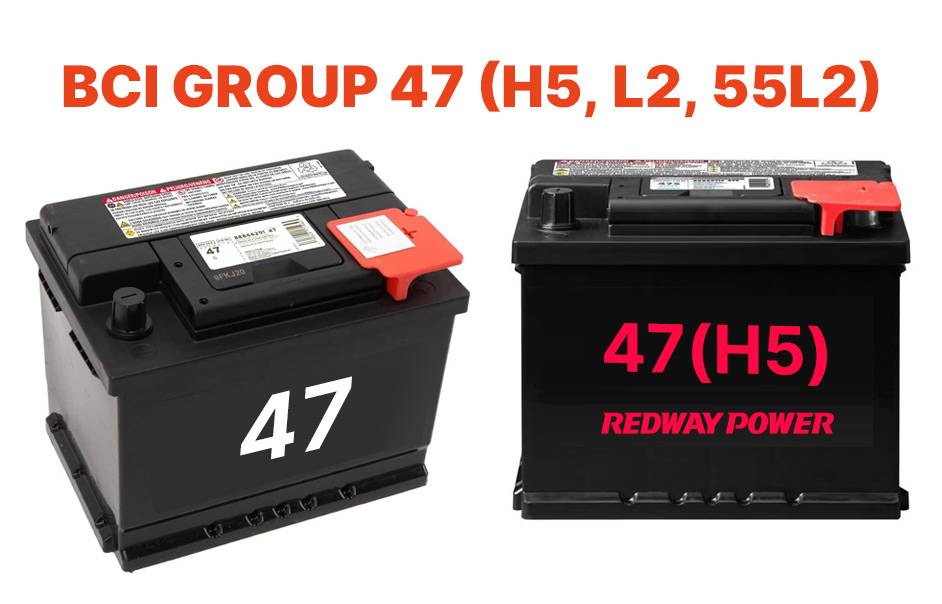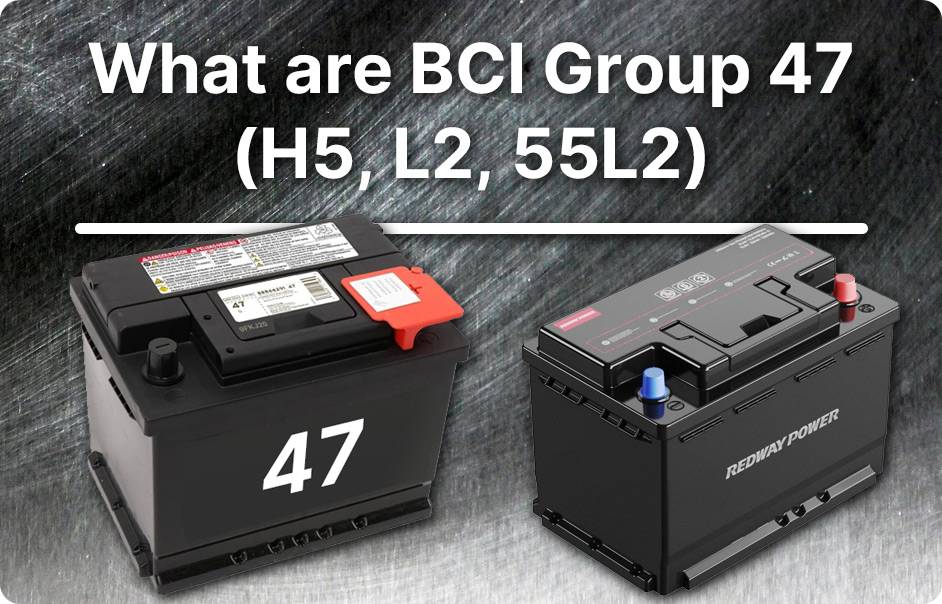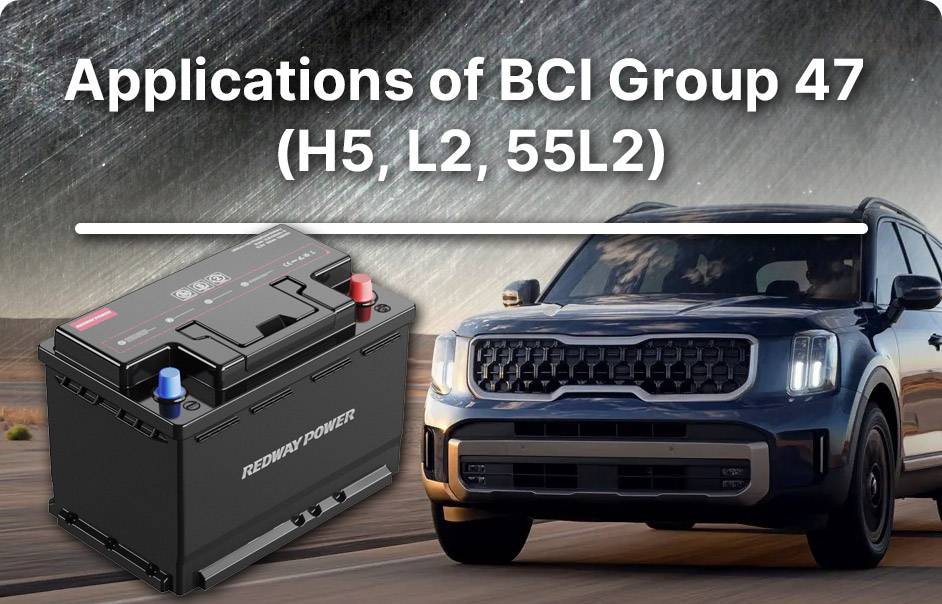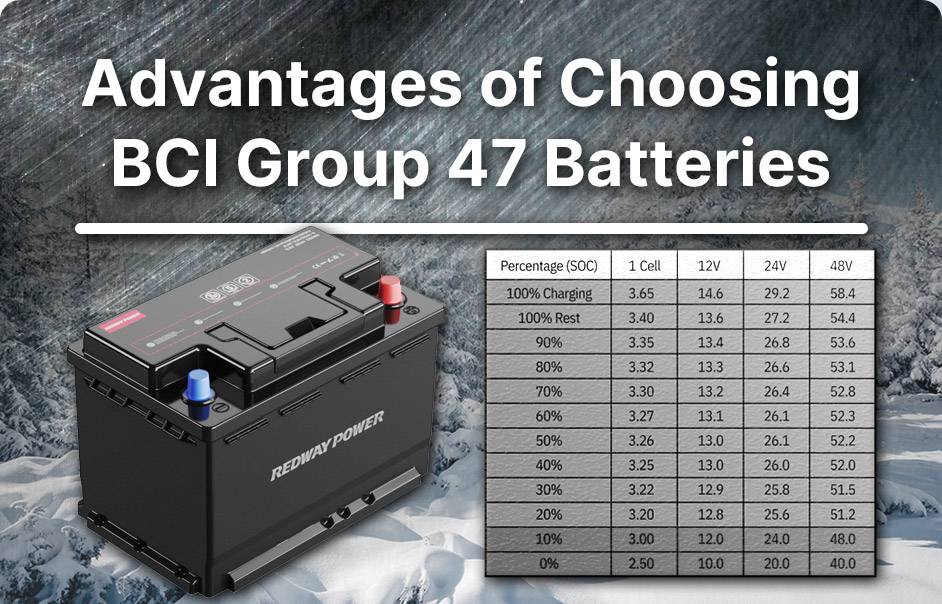- Forklift Lithium Battery
-
48V
- 48V 210Ah
- 48V 300Ah
- 48V 420Ah (949 x 349 x 569 mm)
- 48V 420Ah (950 x 421 x 450 mm)
- 48V 456Ah
- 48V 460Ah (830 x 630 x 590 mm)
- 48V 460Ah (950 x 421 x 450 mm)
- 48V 460Ah (800 x 630 x 600 mm)
- 48V 460Ah (820 x 660 x 470 mm)
- 48V 500Ah
- 48V 560Ah (810 x 630 x 600 mm)
- 48V 560Ah (950 x 592 x 450 mm)
- 48V 600Ah
- 48V 630Ah
-
48V
- Lithium Golf Cart Battery
- 12V Lithium Battery
12V 150Ah Lithium RV Battery
Bluetooth App | BCI Group 31
LiFePO4 Lithium
Discharge Temperature -20°C ~ 65°C
Fast Charger 14.6V 50A
Solar MPPT Charging - 24V Lithium Battery
- 36V Lithium Battery
- 48V Lithium Battery
-
48V LiFePO4 Battery
- 48V 50Ah
- 48V 50Ah (for Golf Carts)
- 48V 60Ah (8D)
- 48V 100Ah (8D)
- 48V 100Ah
- 48V 100Ah (Discharge 100A for Golf Carts)
- 48V 100Ah (Discharge 150A for Golf Carts)
- 48V 100Ah (Discharge 200A for Golf Carts)
- 48V 150Ah (for Golf Carts)
- 48V 160Ah (Discharge 100A for Golf Carts)
- 48V 160Ah (Discharge 160A for Golf Carts)
-
48V LiFePO4 Battery
- 60V Lithium Battery
-
60V LiFePO4 Battery
- 60V 20Ah
- 60V 30Ah
- 60V 50Ah
- 60V 50Ah (Small Size / Side Terminal)
- 60V 100Ah (for Electric Motocycle, Electric Scooter, LSV, AGV)
- 60V 100Ah (for Forklift, AGV, Electric Scooter, Sweeper)
- 60V 150Ah (E-Motocycle / E-Scooter / E-Tricycle / Tour LSV)
- 60V 200Ah (for Forklift, AGV, Electric Scooter, Sweeper)
-
60V LiFePO4 Battery
- 72V~96V Lithium Battery
- Rack-mounted Lithium Battery
- E-Bike Battery
- All-in-One Home-ESS
- Wall-mount Battery ESS
-
Home-ESS Lithium Battery PowerWall
- 24V 100Ah 2.4kWh PW24100-S PowerWall
- 48V 50Ah 2.4kWh PW4850-S PowerWall
- 48V 50Ah 2.56kWh PW5150-S PowerWall
- 48V 100Ah 5.12kWh PW51100-F PowerWall (IP65)
- 48V 100Ah 5.12kWh PW51100-S PowerWall
- 48V 100Ah 5.12kWh PW51100-H PowerWall
- 48V 200Ah 10kWh PW51200-H PowerWall
- 48V 300Ah 15kWh PW51300-H PowerWall
PowerWall 51.2V 100Ah LiFePO4 Lithium Battery
Highly popular in Asia and Eastern Europe.
CE Certification | Home-ESS -
Home-ESS Lithium Battery PowerWall
- Portable Power Stations
BCI Group 47 (H5, L2, 55L2) Batteries, The Complete Guide

BCI Group 47 batteries, also known as DIN H5 (L2) and EN 55L2 batteries, are commonly used in automotive applications. Despite slight differences in dimensions compared to other standards, they offer reliable power for starting engines and running onboard systems.
What are BCI Group 47 (H5, L2, 55L2) Batteries?
BCI Group 47 batteries are considered equivalent to DIN H5 (L2) and EN 55L2 batteries.

BCI Group 47 batteries typically have physical dimensions of 9 11/16 x 6 7/8 x 7 1/2 inches (246 x 175 x 190 mm), whereas DIN H5 (L2) and EN 55L2 batteries have maximum dimensions of 242 x 175 x 190 mm.
This results in a slight difference in length between these two standards, with BCI Group 47 batteries being slightly larger. As a result, battery compartments designed for BCI Group 47 batteries may accommodate DIN H5 (L2) and EN 55L2 batteries, but the reverse could pose challenges.
Specifications of BCI Group 47 (H5, L2, 55L2) Batteries
The standard BCI Group 47 battery closely resembles the DIN H5 and EN 55L2 batteries, sharing identical physical dimensions.
When viewed from the front, the positive terminal is situated on the right side of the battery.
Terminals are typically automotive style, although some models feature ‘Nuts and Bolts’ terminals for connectivity.
Battery BCI group sizes explained (batteries – part 5)
What are advantages of BCI Group 47 (H5, L2, 55L2) Batteries?
BCI Group 47 (H5, L2, 55L2) batteries offer several advantages:
- Compact Size: Group 47 batteries have relatively compact dimensions, making them suitable for vehicles with limited space for battery installation.
- Versatility: These batteries are versatile and can be used in a variety of vehicles, including cars, trucks, and marine applications.
- Standardized Specifications: BCI Group 47 batteries adhere to standardized specifications for capacity, cold cranking amps (CCA), and reserve capacity (RC), ensuring compatibility and reliable performance across different brands and models.
- Wide Availability: Group 47 batteries are widely available at automotive stores, online retailers, and battery distributors, making them easy to find and purchase when needed.
- Reliable Performance: These batteries offer reliable starting power and performance, even in challenging conditions such as extreme temperatures or high electrical loads.
Overall, BCI Group 47 batteries provide a combination of compact size, versatility, standardized specifications, wide availability, and reliable performance, making them a popular choice for various automotive applications.
Applications of BCI Group 47 (H5, L2, 55L2) Batteries
BCI Group 47 (H5, L2, 55L2) batteries are commonly used in a variety of vehicles and applications, including:

- Passenger Cars: Many compact and mid-size cars are equipped with Group 47 batteries due to their compact size and reliable performance.
- Light Trucks: Some light trucks, SUVs, and vans also use Group 47 batteries as their primary power source.
- Marine Applications: Group 47 batteries are suitable for use in boats, yachts, and other marine vessels to power onboard electronics, lighting, and starting systems.
- Recreational Vehicles (RVs): Some smaller RVs and campers may use Group 47 batteries to provide electrical power for lights, appliances, and other onboard systems.
- Lawn and Garden Equipment: Certain lawn tractors, garden mowers, and other outdoor equipment may utilize Group 47 batteries for starting and powering accessories.
- Utility Vehicles: Some utility vehicles, such as golf carts and electric scooters, may also use Group 47 batteries for electrical power.
Overall, BCI Group 47 batteries are versatile and can be found in a wide range of vehicles and applications where compact size and reliable performance are essential.
Best Sellers of BCI Group 47 (H5, L2, 55L2) Batteries in 2024
Below is a chart detailing some of the most popular Group 47 batteries along with their key features:
| Model | Battery Type Cell Type |
Capacity (Ah) RC (min) |
CCA MCA |
Weight (lbs/kg) Review |
| ACDelco 47AGM Professional | Starting AGM |
60 115 |
630 – |
39.2 lbs; 17.8 kg – |
| ACDelco 47AGMA Gold | Starting AGM |
60 105 |
660 – |
39.24 lbs; 17.8 kg – |
| Deka 9A47 Intimidator | Dual Purpose AGM |
60 100 |
600 690 |
39 lbs; 17.7 kg – |
| Delphi BU9047 MaxStart | Starting AGM |
60 100 |
600 – |
38.5 lbs; 17.5 kg – |
| Interstate Group 47/H5 Battery | Starting Wet/Flooded |
54 100 |
650 810 |
32.9 lbs; 14.9 kg – |
| Interstate Group 47/H5 AGM Battery | Starting AGM |
60 – |
680 – |
38.9 lbs; 17.6 kg – |
| PowerTex Group 47 Battery | Dual Purpose LiFePO4 |
48 115 |
430 910 |
13.5 lbs; 6.1 kg – |
| Weize Group 47 Battery | Dual Purpose AGM |
60 100 |
680 – |
41.6 lbs; 18.9 kg – |
| XS Power D4800 Battery | Dual Purpose AGM |
50 105 |
– 745 |
41.2 lbs; 18.7 kg – |
Please note: Amazon affiliate links in the ‘Model’ column open in new windows for the most up-to-date prices and offers.
BCI Group 47 batteries, while not as prevalent as some other battery groups, are still available. ACDelco and Delphi manufacture similar starting models with a nominal capacity of 60Ah, 630 and 600 CCA, and RC values of 115 and 100 minutes, respectively.
The XS Power D4700 battery is classified as a dual-purpose battery, but it is primarily optimized for powering robust audio and multimedia systems while the main engine is inactive.
FAQs
Which battery sizes are in older American cars?
What are common battery sizes in Japanese cars?
What are common battery sizes in European cars?
How many battery sizes are in 90% of cars today?
Why are customers confused by different battery sizes?
What are the Amp Hour options for Antigravity Lithium Car Batteries?
What standardized sizes do Antigravity Automotive Batteries come in?
More FAQs
What are the physical dimensions of BCI Group 47 (H5, L2, 55L2) batteries?
BCI Group 47 batteries typically measure approximately 9 11/16 x 6 7/8 x 7 1/2 inches (246 x 175 x 190 mm).
Can BCI Group 47 batteries be used as replacements for other battery groups?
While BCI Group 47 batteries have similar dimensions to DIN H5 (L2) and EN 55L2 batteries, compatibility may vary depending on the specific application and battery compartment design.
What are the advantages of choosing BCI Group 47 batteries over other battery sizes?
BCI Group 47 batteries offer a compact size suitable for a variety of applications, including automotive, marine, and industrial uses. They provide reliable starting power and can fit into tight spaces.

Are there any specific maintenance requirements for BCI Group 47 batteries?
Like any automotive battery, regular maintenance, such as checking electrolyte levels and ensuring proper charging, is essential for prolonging the lifespan of BCI Group 47 batteries.
What is the typical lifespan of BCI Group 47 batteries under normal usage conditions?
The lifespan of BCI Group 47 batteries can vary depending on factors such as usage patterns, climate, and maintenance practices. However, with proper care, they can last several years.
Can BCI Group 47 batteries be used in deep-cycle applications, such as powering marine electronics or RV appliances?
While BCI Group 47 batteries are primarily designed for starting applications, some models may have sufficient capacity for light deep-cycle use. However, for heavy-duty deep-cycle applications, dedicated deep-cycle batteries are recommended.













